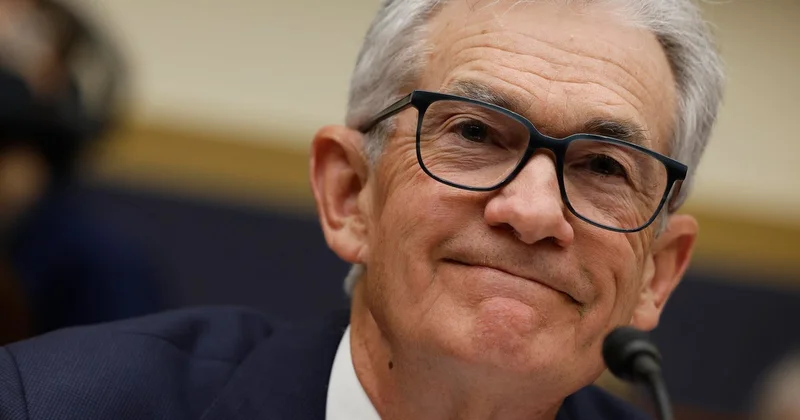BNB Signals | Binance Coin Trading Alerts & Insights
BNB Signals | Binance Coin Trading Alerts & Insights
Okay, folks, buckle up, because things are about to get really interesting in the world of fintech. The Federal Reserve, yes, that Federal Reserve, is considering something truly radical: a "skinny" master account for payment innovators. And honestly, when I first read about this, I felt a jolt of pure excitement—this could be the catalyst we've been waiting for.
Let's break this down. For years, access to the Fed's payment rails—the fundamental infrastructure that allows money to move seamlessly—has been largely limited to traditional banks. This created a bottleneck, stifling innovation and making it incredibly difficult for smaller fintech companies to compete. Imagine trying to build a super-fast race car but only having access to a dirt road. Frustrating, right?
But now, Governor Waller is proposing something different, something groundbreaking. He's suggesting a "payment account," a streamlined version of a master account tailored for fintechs focused on payments innovation. Think of it as a "learner's permit" for the financial superhighway. These “skinny” accounts, as he calls them, would provide access to the Fed's payment systems, but with controls in place to manage risk. No interest paid on balances, balance caps, no overdraft privileges—sensible precautions, of course. But the key thing is that it opens the door.
Waller himself said it best: the DeFi industry shouldn't be viewed with "suspicion or scorn," but welcomed into the conversation. And this isn't just talk; it's a tangible step towards a more inclusive and innovative financial ecosystem. It’s like the Fed is finally saying, "Hey, we see you, innovators. Come build the future with us!" You can read more about his remarks in his Opening remarks by Governor Waller at the Payments Innovation Conference.
This is a paradigm shift, plain and simple. We're talking about leveling the playing field, fostering competition, and unleashing a wave of creativity in the payments space. The potential benefits are staggering: faster, cheaper, and more accessible payment solutions for everyone. Imagine a world where cross-border payments are as easy as sending an email, where micro-transactions are seamless and frictionless, and where financial services are truly democratized.
And let's not forget the implications for emerging technologies like stablecoins and tokenized assets. With direct access to the Fed's payment rails, these innovations can finally reach their full potential, transforming everything from supply chain finance to digital identity. This could be the spark that ignites the next fintech revolution!

But with great power comes great responsibility, as they say. As we embrace these new technologies, we must also be mindful of the risks involved. Cybersecurity, data privacy, and regulatory compliance are all critical considerations. We need to ensure that innovation doesn't come at the expense of safety and stability, and that the benefits are shared by all, not just a select few.
Remember when the internet first emerged? Some people dismissed it as a fad, while others saw it as a revolutionary force that would transform the world. The Fed's "skinny" master account feels like a similar moment in time. It's a bold experiment that could reshape the future of finance.
What does this mean for us, the everyday users of financial services? It means potentially lower fees, faster transactions, and more innovative products tailored to our individual needs. But more importantly, it means a more resilient and inclusive financial system that benefits everyone. And what could it mean for you—the entrepreneur with a groundbreaking idea, the small business owner struggling to access capital, the individual seeking a more secure and efficient way to manage your finances? This is where the real magic happens.
The Fed is studying tokenization, smart contracts, and AI and payments for use in their own payment systems. They want to understand the innovation happening within the payment system and evaluate whether these technologies could upgrade their own payment infrastructures. This is a refreshing stance; the Fed wants to be a part of the revolution!
There’s always a debate about public vs. private sector innovation. Most innovation comes from the private sector, which is motivated and best positioned to allocate resources and take risks to explore new technologies. The other model is when public-sector entities such as the Fed build platforms and provide services that enable the private sector to more readily and rapidly expand new services to its customers. Seems like the Fed is aiming for that second model, “to acknowledge and embrace private-sector innovation that can improve the payment system while preserving its safety and stability.”
This is the kind of breakthrough that reminds me why I got into this field in the first place. It's not just about technology; it's about using technology to create a better world for everyone. And with the Fed's support, I believe we can achieve that goal.